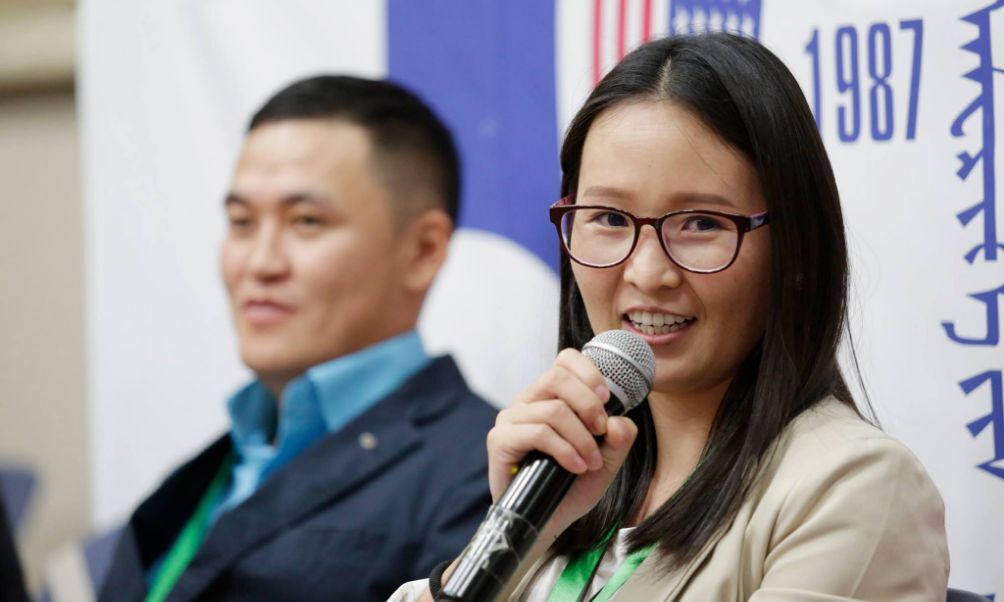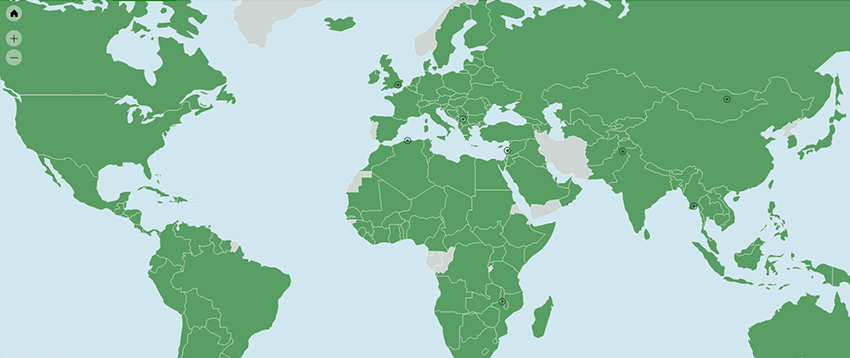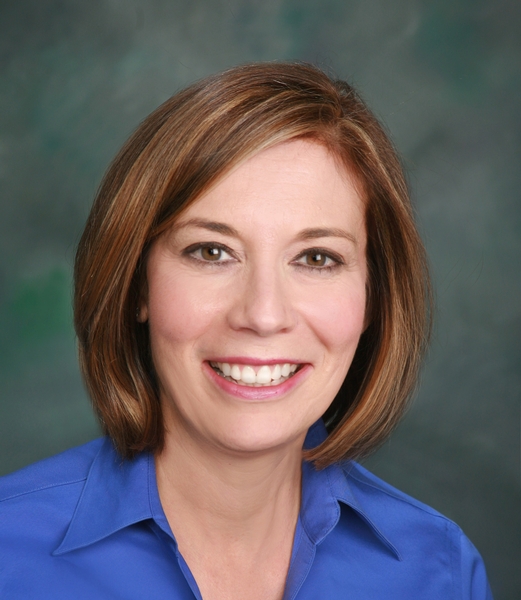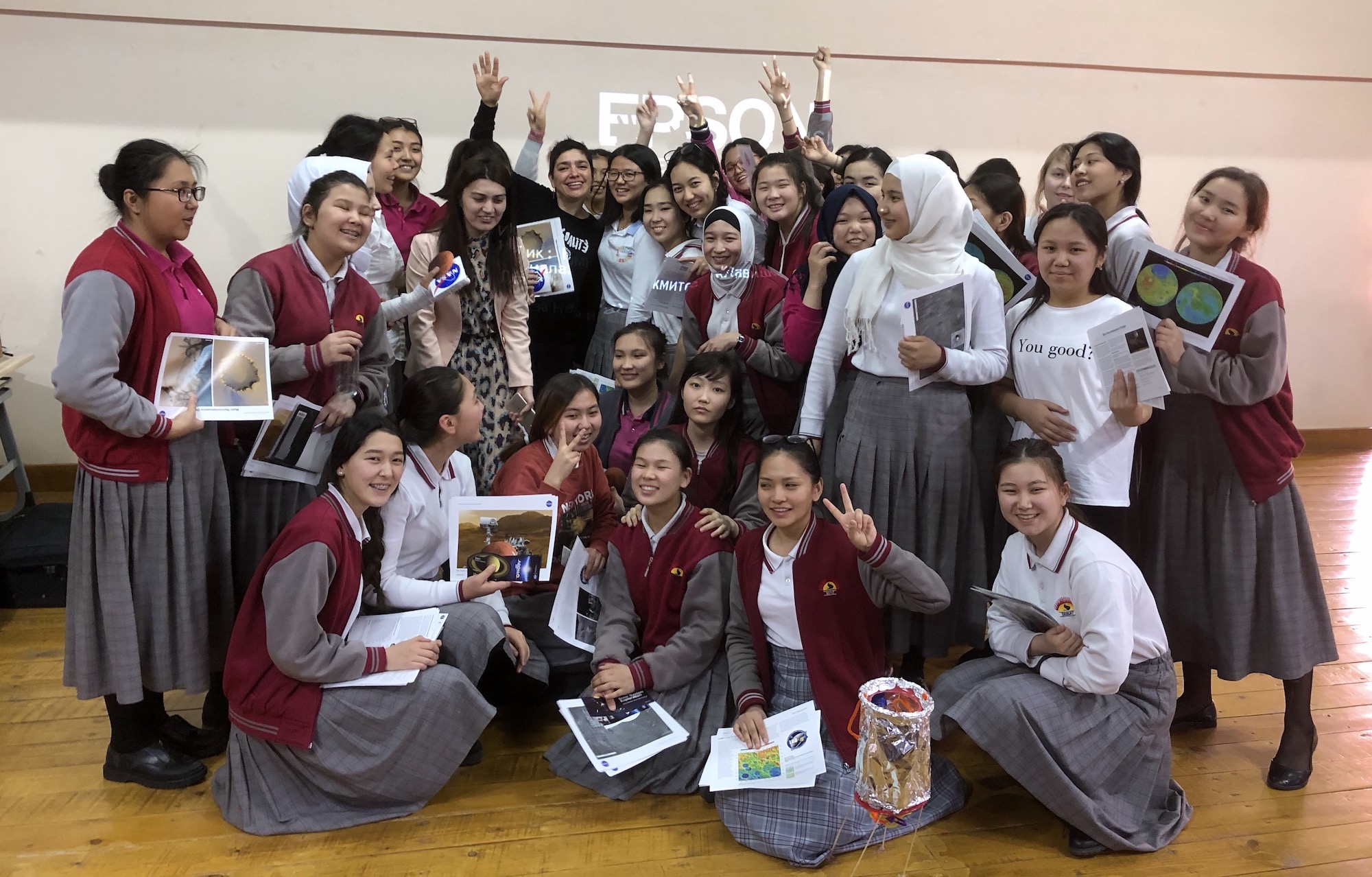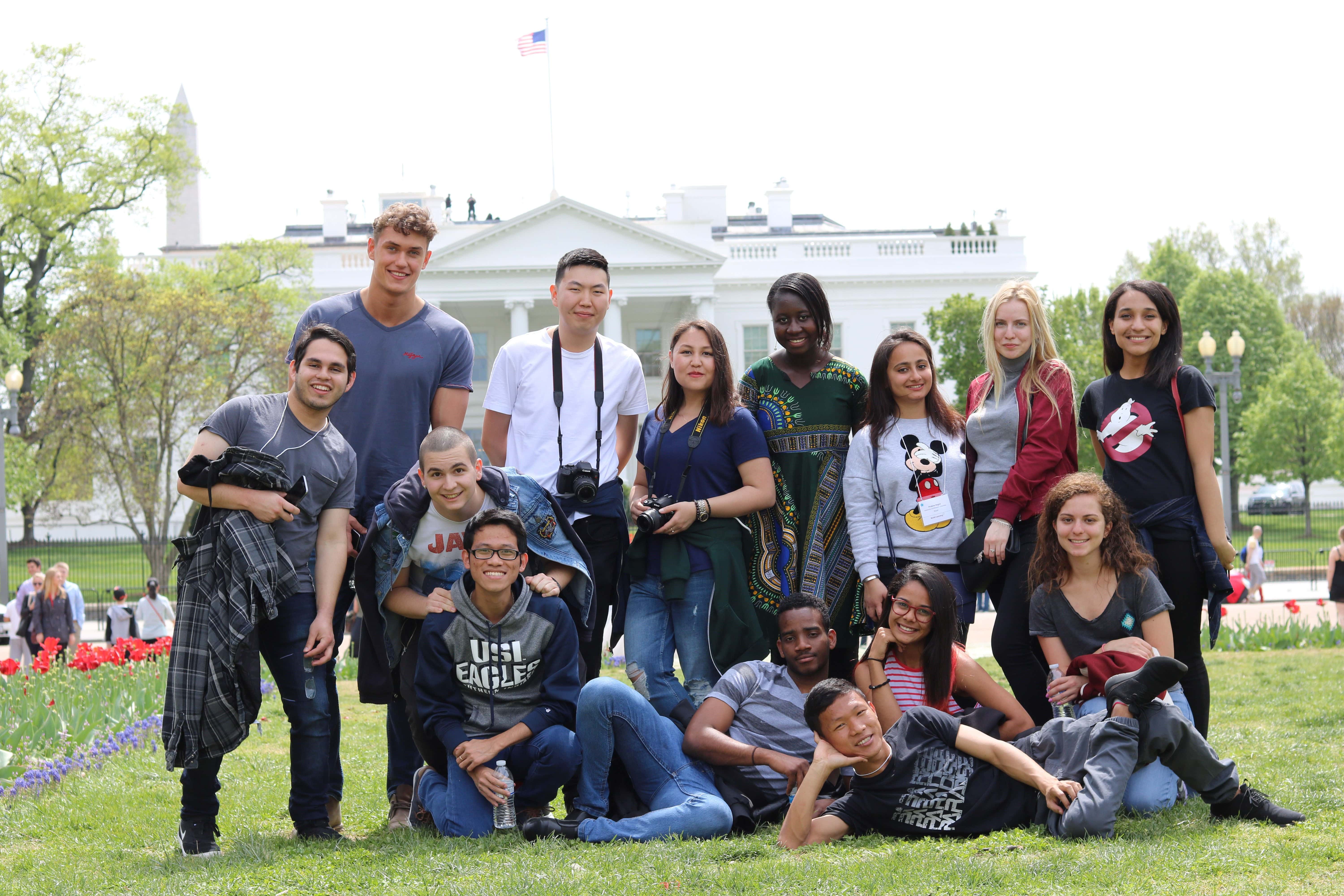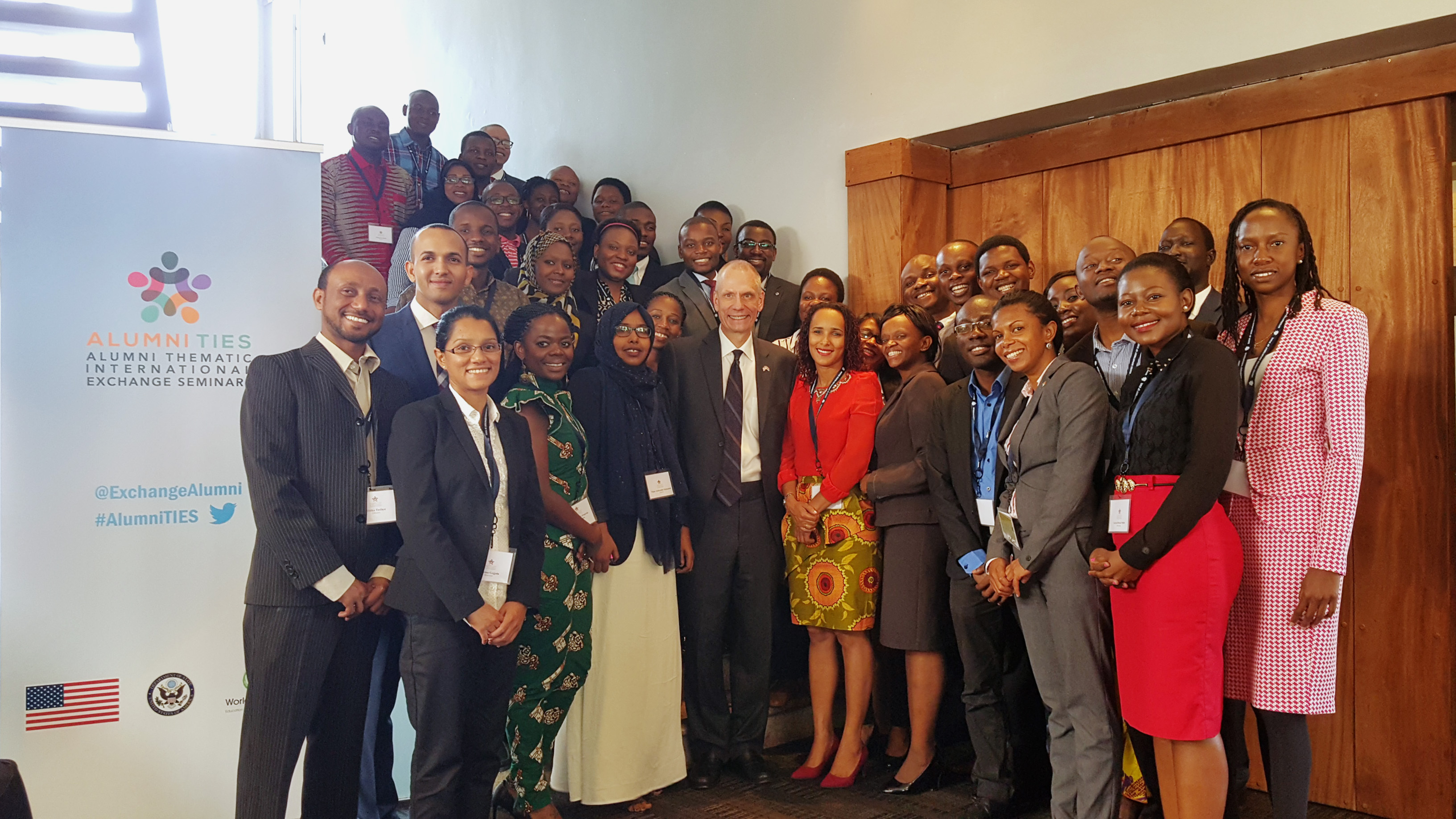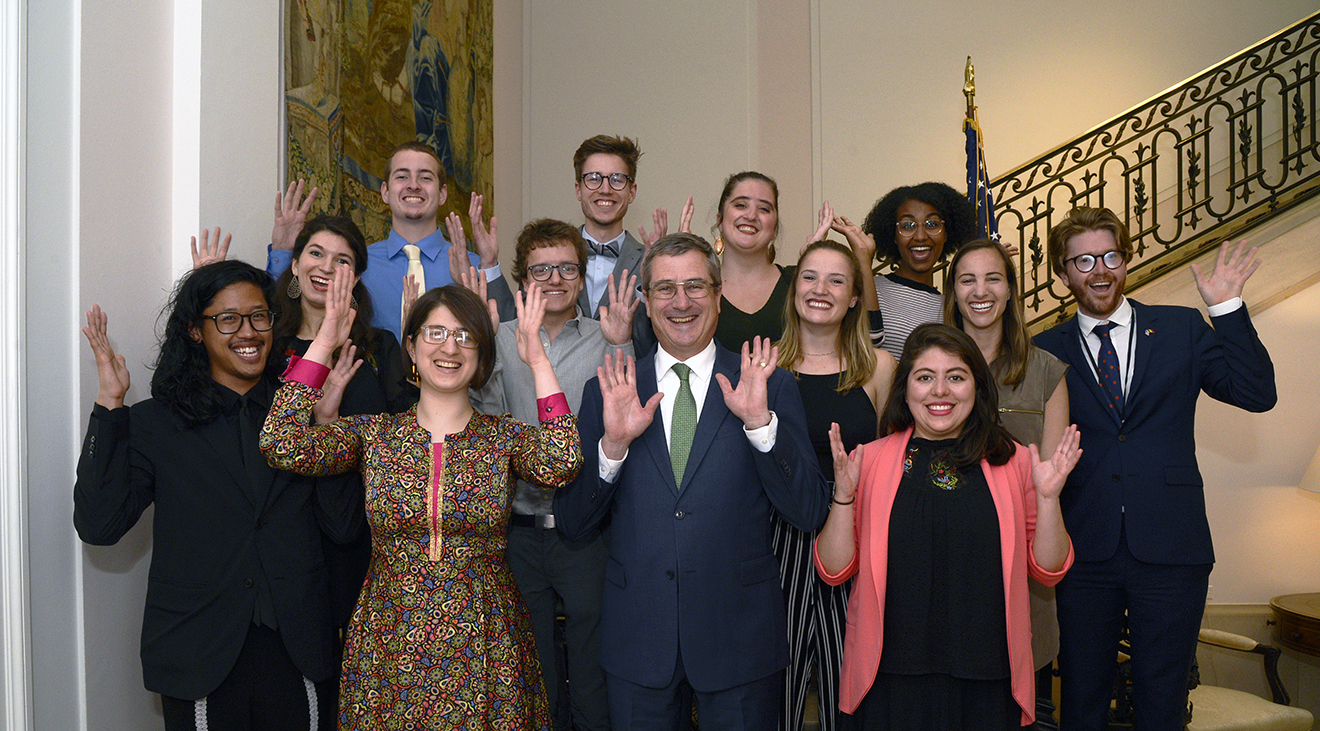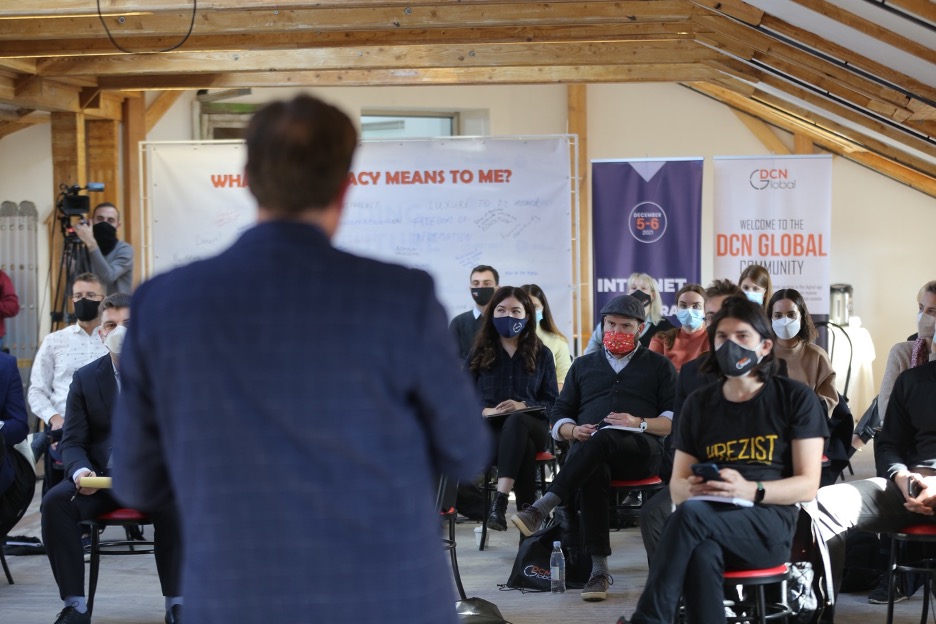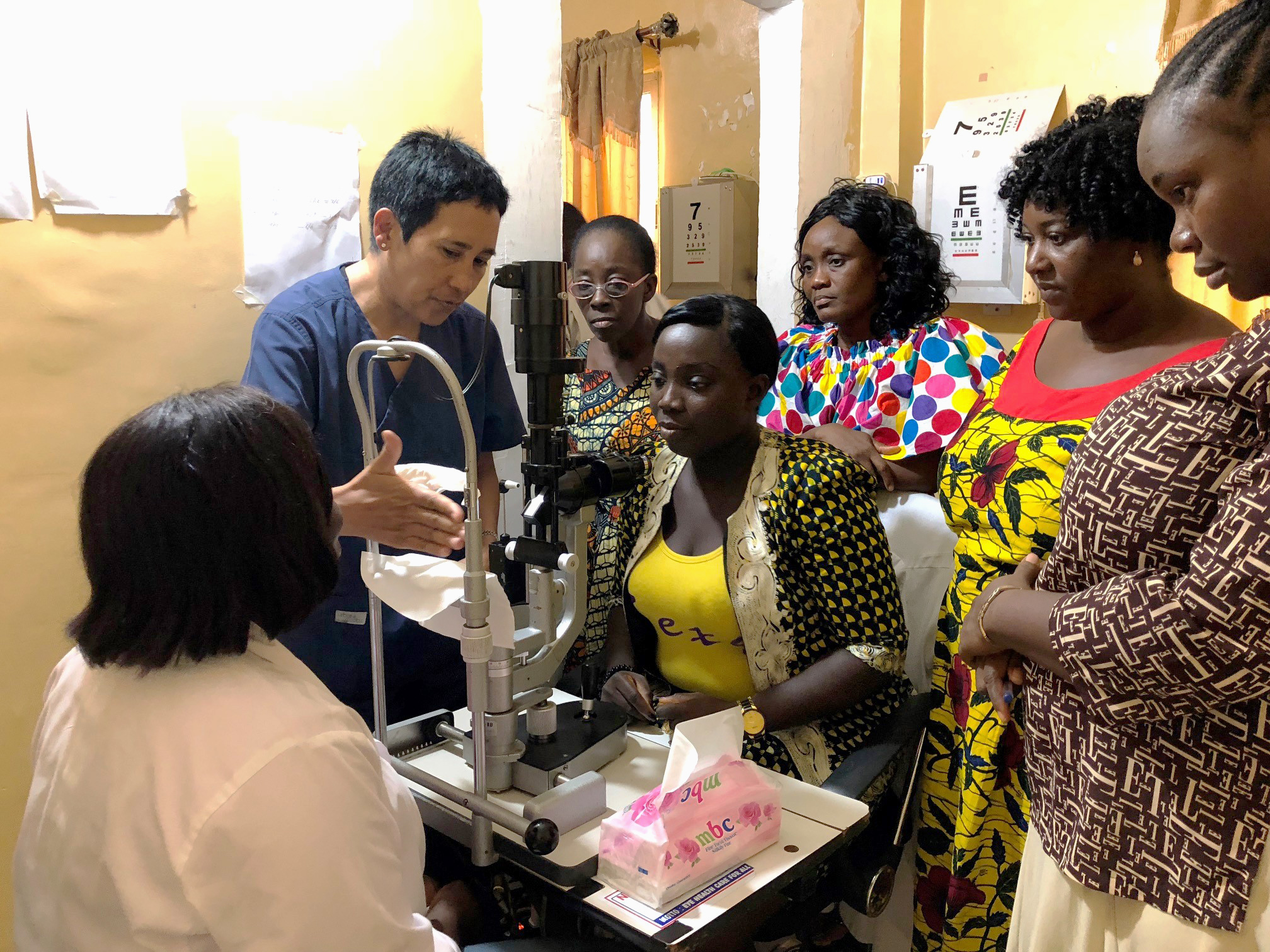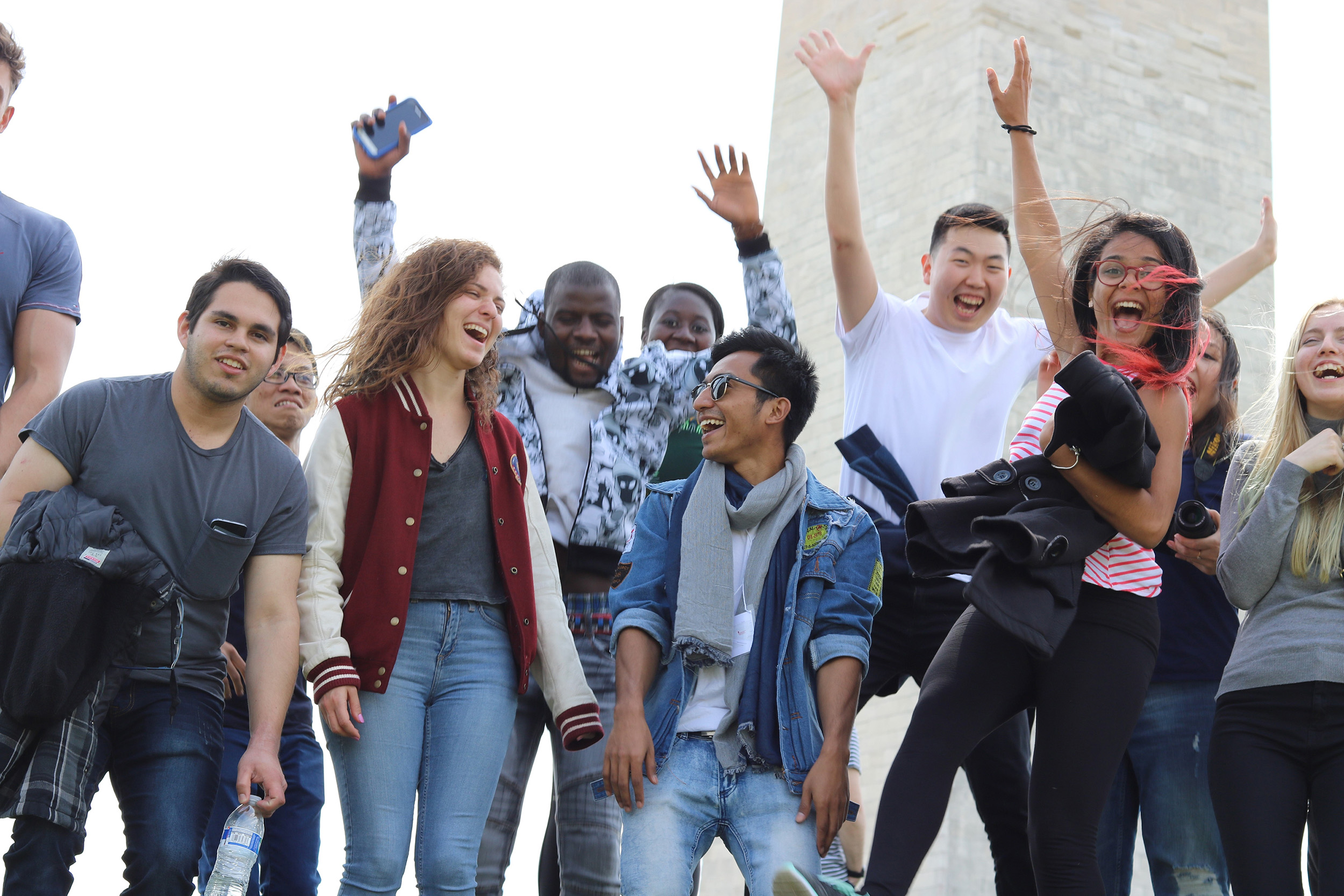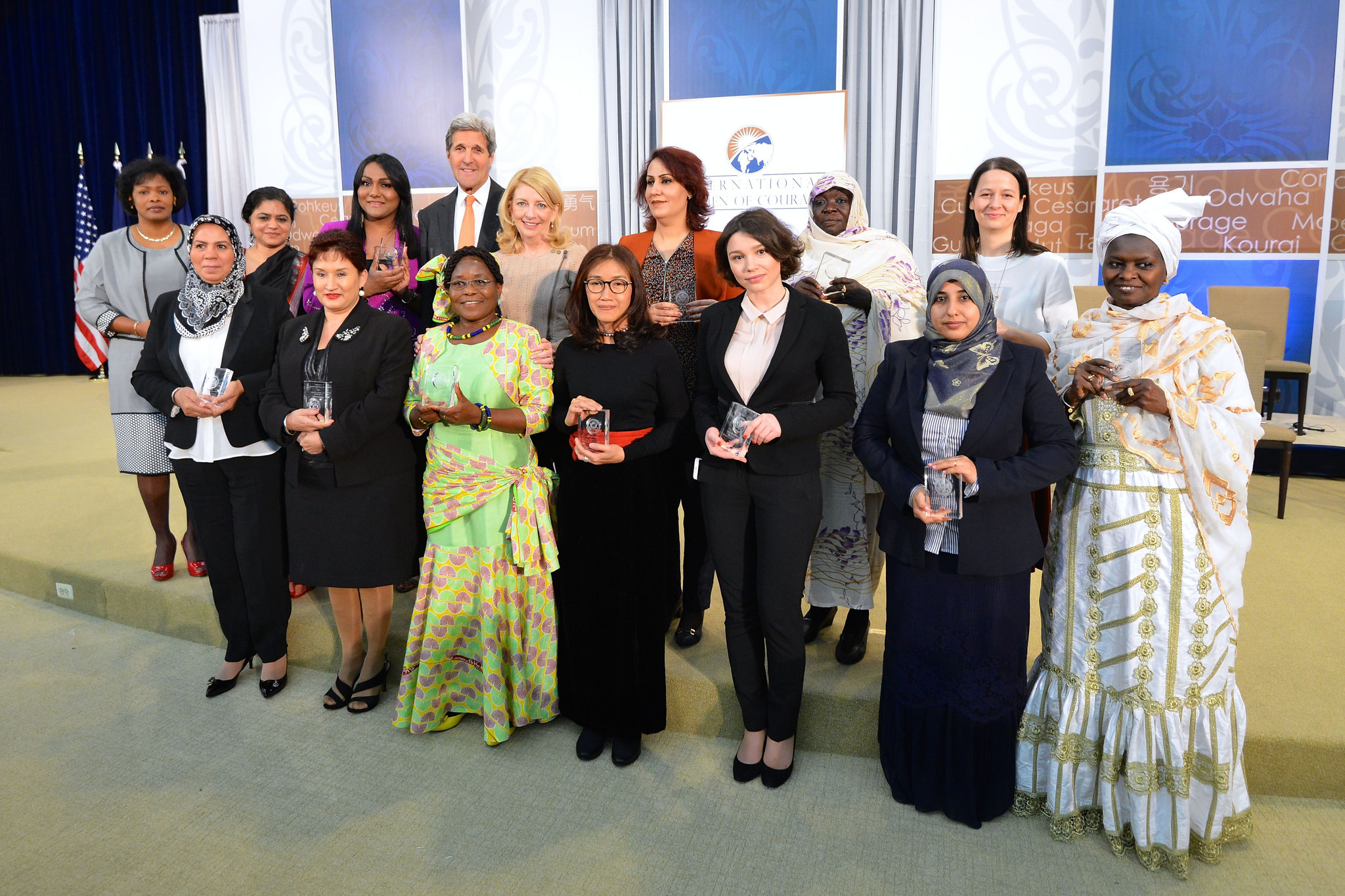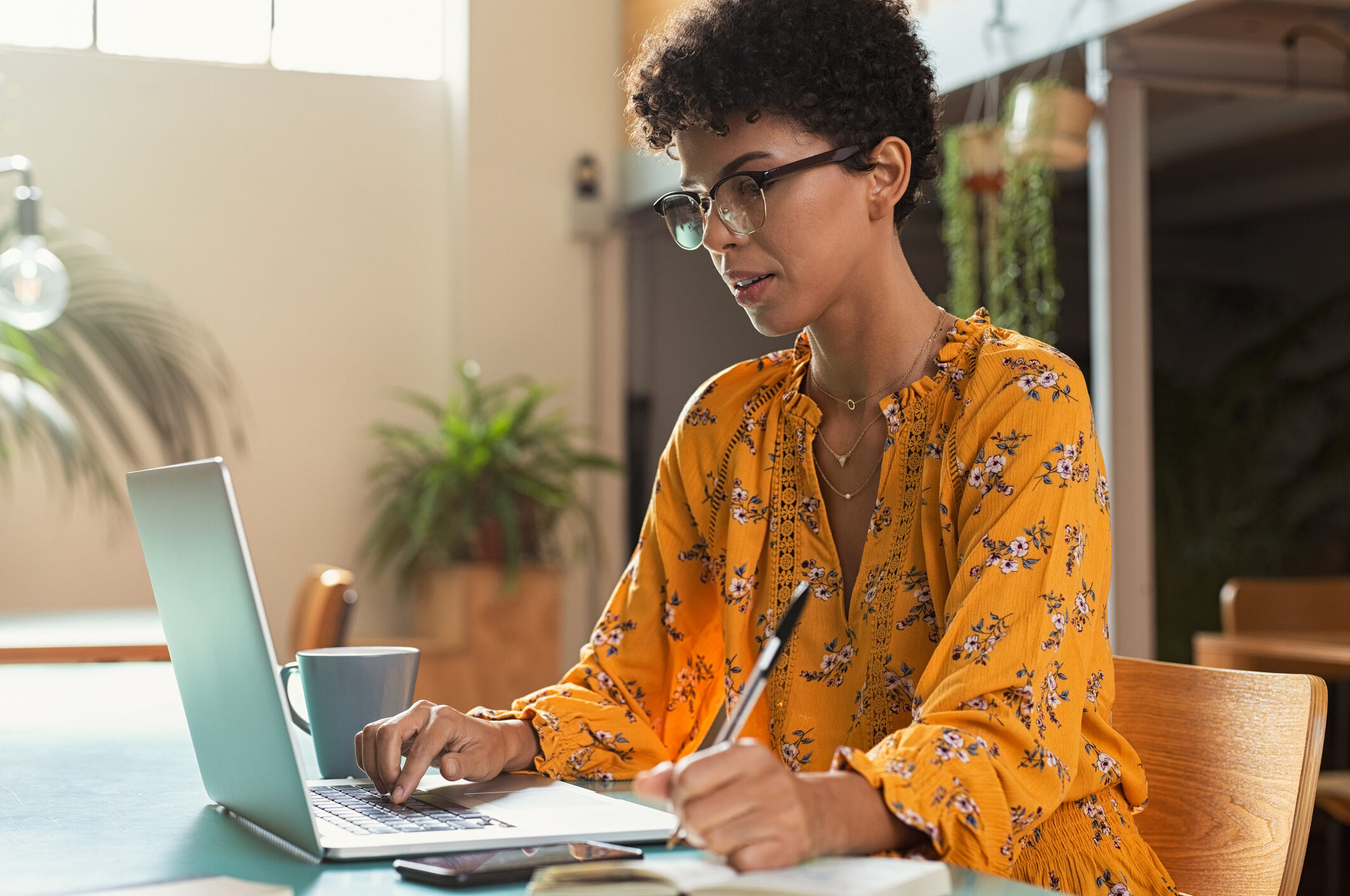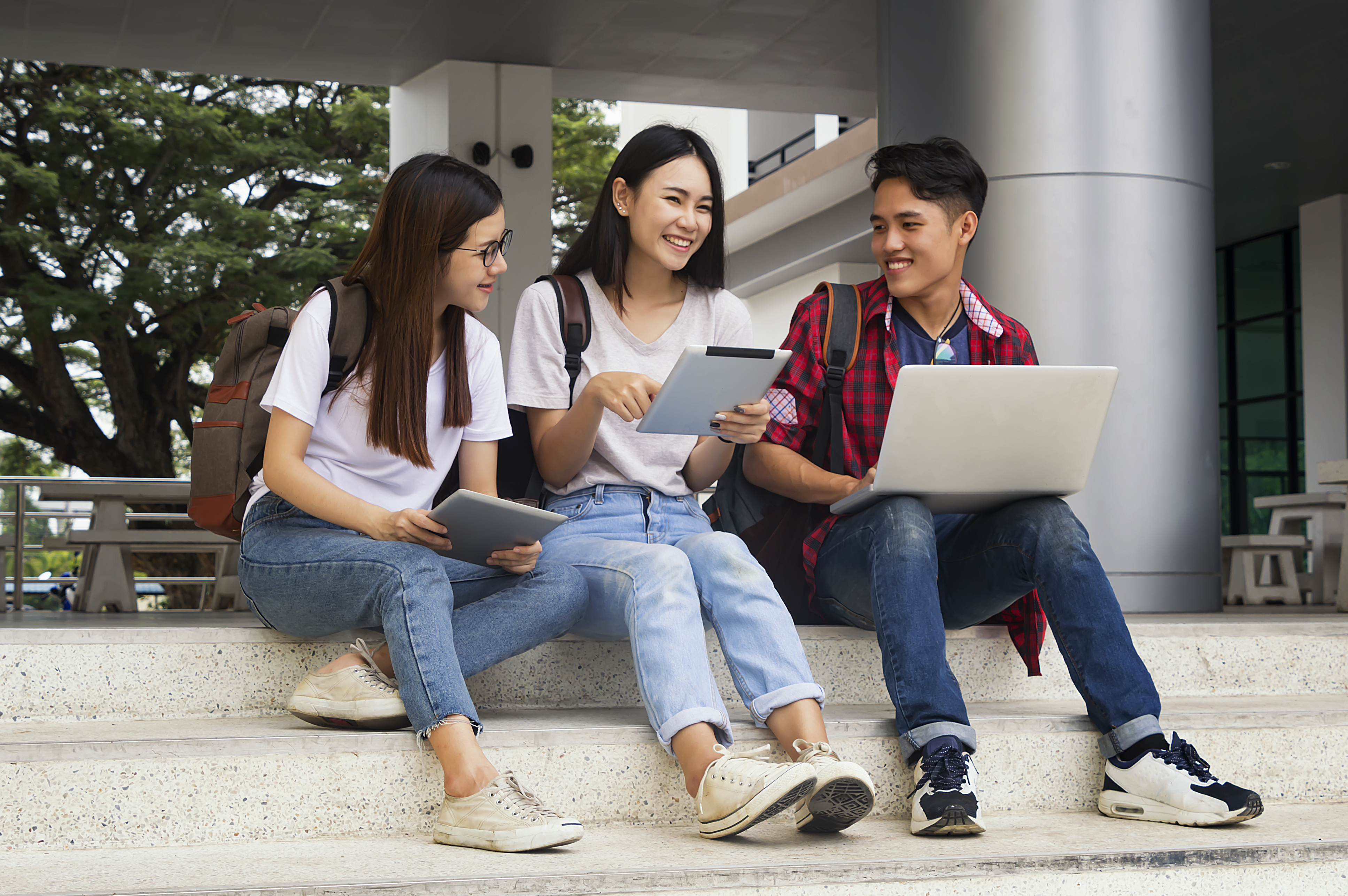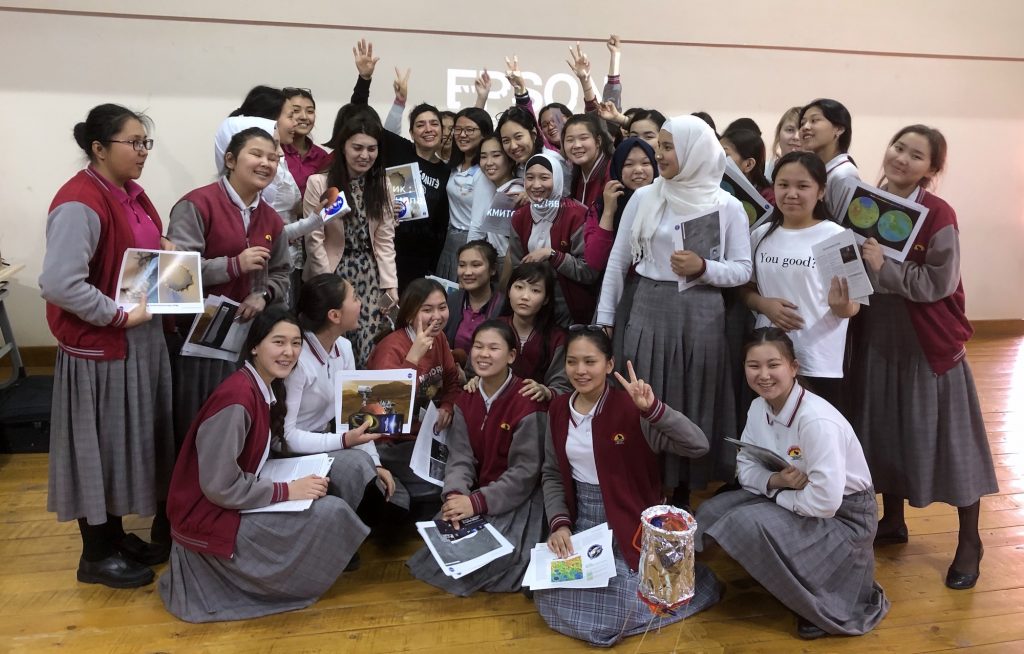
While women have made significant strides in pursuing science, technology, engineering, and math (STEM) occupations, they remain underrepresented in these high-paying careers: data from a recent UNESCO report indicates that only 35 percent of STEM students in higher education globally are women, and women make up fewer than 30 percent of the world’s researchers.
Several recent Fulbright Specialists are among the many women in STEM working with universities, government ministries, non-profits, and other institutions around the world to promote science education to the next generation and serving as role models for girls and young women alike.
Alicia Santiago is a scientist and informal science educator in the Washington, DC, metropolitan area whose work focuses on community outreach and mass-media STEM programs for Latinx youth. As a 2020 Fulbright Specialist, she traveled across the Kyrgyz Republic motivating girls to pursue STEM careers and providing training to educators and STEM education advocates.
Tatiana Goris is an assistant professor of technology and workforce learning at Pittsburg State University College of Technology in Pittsburg, Kansas. In 2018, she received a Fulbright Specialist award to Uzbekistan to share model practices and expertise in mechanical engineering research with students and faculty at Navoi State Mining Institute.
Combined, these Fulbrighters are working to encourage the next generation of female scientists, researchers, engineers, and STEM innovators in Central Asia.
Finding “The Other Half”: Kyrgyz SciGirls
Santiago, who came to the United States from Mexico to pursue a neurobiology degree, points out that STEM is a key component of every nation’s economy, and excluding women — 50 percent of the population — from the sector puts countries at a disadvantage.
“It’s really important that we bring women into the STEM workforce. Otherwise, we all lose if only half of the population participates in science,” she says.
That was her mission: helping Kyrgyz STEM educators explore ways to make science education programs more equitable and culturally responsive to young women and encourage them to pursue STEM education and careers in the field.
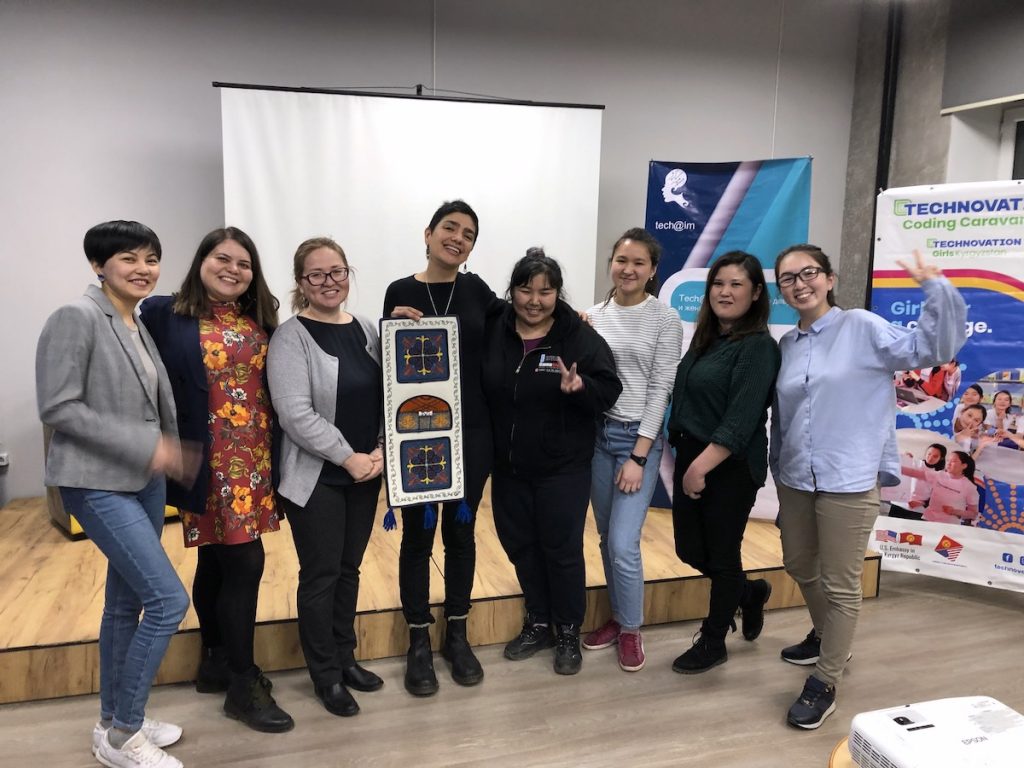
“We need the other half,” adds Santiago, who for 14 years has co-produced an award-winning PBS Kids television show, website, and educational outreach program called SciGirls. This transmedia effort features girls and young women participating in STEM learning activities, and the program has reached over 14 million girls, educators, and families.
As part of her Specialist grant, Santiago discussed the SciGirls model, sparking interest in establishing after-school programs in STEM and training teachers to facilitate STEM learning outside of the classroom. There were also discussions with higher education administrators, including the Vice President of the Kyrgyz Academy of Education, about creating a Kyrgyz version of SciGirls once the COVID-19 pandemic subsides.
“[Increasing the number of girls in STEM] is not just about engaging the girls, it’s about engaging their families as well.”
In addition to facilitating hands-on workshops during her visit, Santiago spoke with teachers and mentors about the importance of including parents in discussions about STEM education.
“It’s not just about engaging the girls, it’s about engaging their families as well, otherwise you can’t accomplish much,” she says.
“Families are concerned about girls getting married and having a family, and they see engaging in science as a potential barrier to that,” says Santiago, explaining that she found similar concern during SciGirls events in the United States, especially among Latinx families.
She says including the larger family in STEM activities and helping parents understand that their daughters can have a career and a family will create more support for young women to enter the field in traditional communities in the United States and Kyrgyzstan.
Advancing Research in Engineering
Goris, who teaches masters-level courses in science and technology at her home university, agrees that women and girls often leave STEM “under pressure of relatives” or cultural expectations. She thinks more needs to be done to encourage women to pursue STEM fields at a young age, and that includes providing role models.
“You have to have certain people around you who will encourage you to go to the next step,” Goris says.
As a Fulbright Specialist, she traveled to Uzbekistan to present innovative engineering lab research methods to students and faculty at Navoi State Mining Institute.
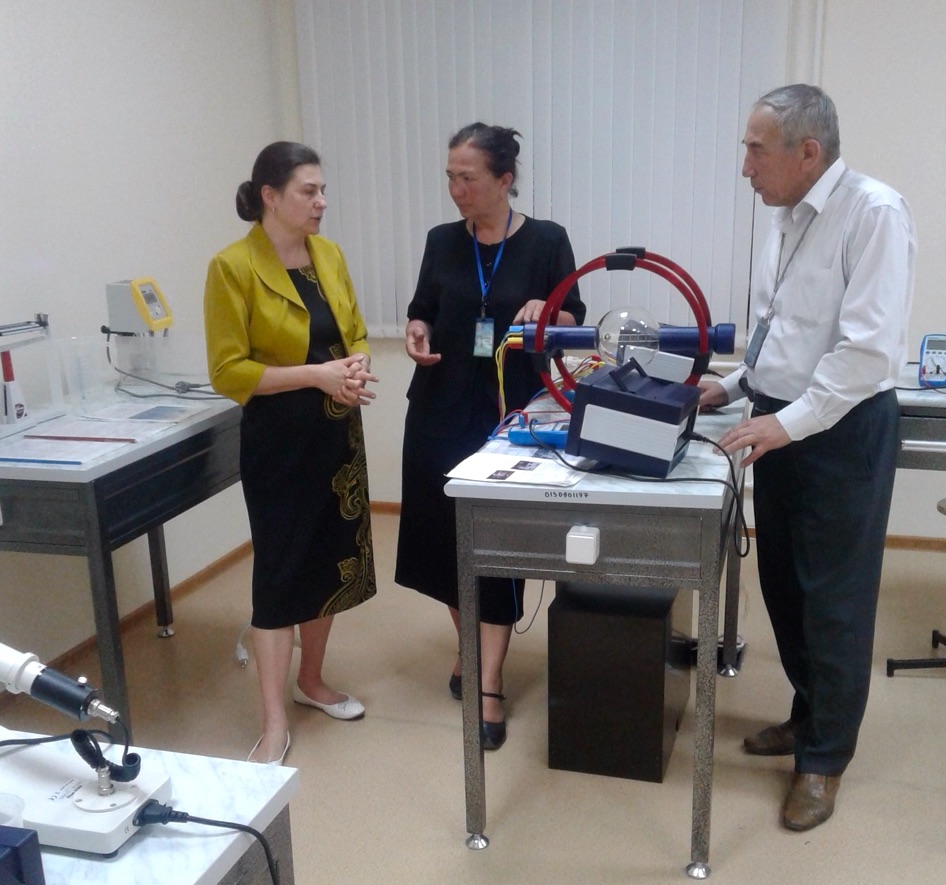
Through workshops and seminars, Goris focused on teaching faculty and students best practices for conducting research and developing institutional frameworks and resources that are needed before a study begins.
“If you don’t have equipment, if you don’t have facilities, if you don’t have funding, you’re not going to do research,” Goris says.
One of the important takeaways from her faculty seminars, she says, is it “allowed them to compare their work with ours and our approaches.”
Goris’s time in the region also allowed her to make connections with other local universities, including Turin Polytechnic University.
Since returning home, she has been working with Navoi State Mining Institute and Turin Polytechnic University to develop exchange programs that would bring Uzbek students to study at Pitt State, a public university with approximately 7,000 students from 36 states and 43 countries.
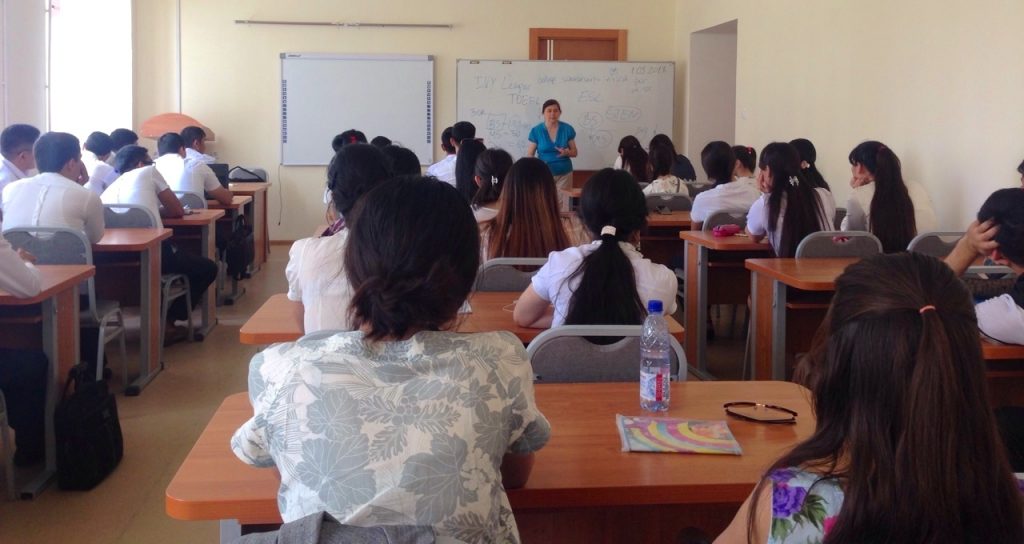
Goris explains the program would bring Uzbek students to study automotive technology at her home university, and students would receive diplomas from both institutions through a Two Plus Two program.
Cultivating international connections and building exchange opportunities would advance her career, give prominence to her home institution, and benefit the local community, which boasts a diverse, entrepreneurial population almost as a natural extension of the university in the former coal mining area.
“It’s a lot of talented students who might have a good future,” Goris says.
International Exchange Boosts Career Opportunities for Women in STEM
Both Santiago and Goris have created strong ties with their host institutions, but beyond the positive impact they have had on those institutions, both shared that the Fulbright experience has supported their own professional growth.
Goris says that having Fulbright Specialist on your resume helps distinguish your portfolio. It also gave her the chance to visit a new part of the world and collaborate with colleagues she never would have otherwise.
“I think it’s a great opportunity to see a different country, to work with other people,” she says.
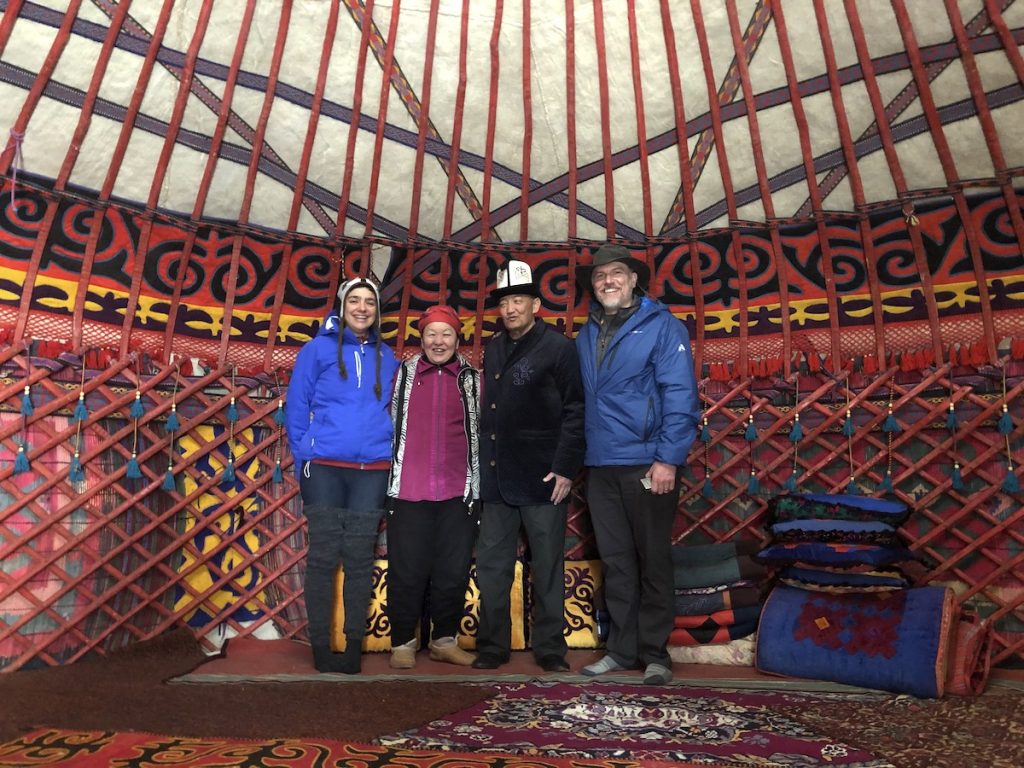
Santiago agrees. Since her Fulbright, she has accepted a new role with the Division of Research on Learning in Formal and Informal Settings at the National Science Foundation, an independent agency in the United States that supports research and education in science and engineering.
“It was a fantastic learning opportunity that broadened my perspective of STEM education and helped me step outside my cultural assumptions, reflect on sociocultural factors influencing STEM learning, and reconsider alternative ways of science teaching and learning.”

